Guidelines help out
Most playground owners do a lot of safety and product research before purchasing playground equipment. The same care should be taken to determine how your playground will be constructed. Building crews are responsible for some of the most important aspects of playground safety and product installation. Let's take a brief look at what the United States Consumer Product Safety Commissions Handbook for Public Playground Safety says about playground installation.
The majority of playground accidents are from falls to the surface. Construction and installation are important parts of making sure the surfacing performs as specified by the manufacturer. It is important to understand installation directions and drawings and have knowledge of Impact Attenuation, Critical Height, and Fall Heights.
Adequate use zones for playgrounds can also contribute to safety during falls from the equipment. It is important that the installer understand minimum spacing guidelines for play structures, swings, slides, climbers, merry-go-rounds, and spring animals.
The CPSC Guidelines say the layout and design are important to drainage, slope, playground congestion, and use zones. Contractors and installers must be aware of these issues to prevent future problems with drainage or with children running into each other because of improperly placed playground equipment.
Builders should never deviate from play equipment manufacturers instructions.
In fact, quoting CPSC, "Proper assembly and installation of playground equipment is crucial for structural integrity, stability and overall safety."
When completely built the play equipment should be inspected thoroughly by a qualified person who understands installation requirements and safety guidelines.
Installers should also understand playground hazards such as sharp points, corners, or edges. Many times the installation crew can inadvertently create sharp points or edges. Quality builders will know how to eliminate these types of problems. Installers also create and remove many protrusions and projections during the installation process. Once again it is important that they know how to test for them and how to eliminate them.
Entanglements have been responsible for playground deaths. Playground installers must understand entanglements, test for them and to be able to eliminate them. Poor installation crews can actually create entanglements by not following directions and lacking knowledge of the proper way to use entanglement gauges.
Spacing of playground parts is critical to preventing head entrapments. Here again installers need to know that no parts can have an opening of more that 3.5 inches and less that 9 inches. There are also probes and gauges for testing for head entrapments.
The spacing of swing hangers and the height of the swing seats are important to the safety of playground users. The installer is directly responsible for this with most swings that need assembling.
Tripping hazards (concrete footings), angles, suspended hazards, crush or shear points, barriers, platforms, slide exit heights and overhead events all require an installer who understands how to read and follow installation manuals and CPSC Guidelines.
Be sure to research your installation crew's experience when planning the construction of your playground. Check their credentials and references. The installer of your playground may be just as important as the manufacturer of your playground.

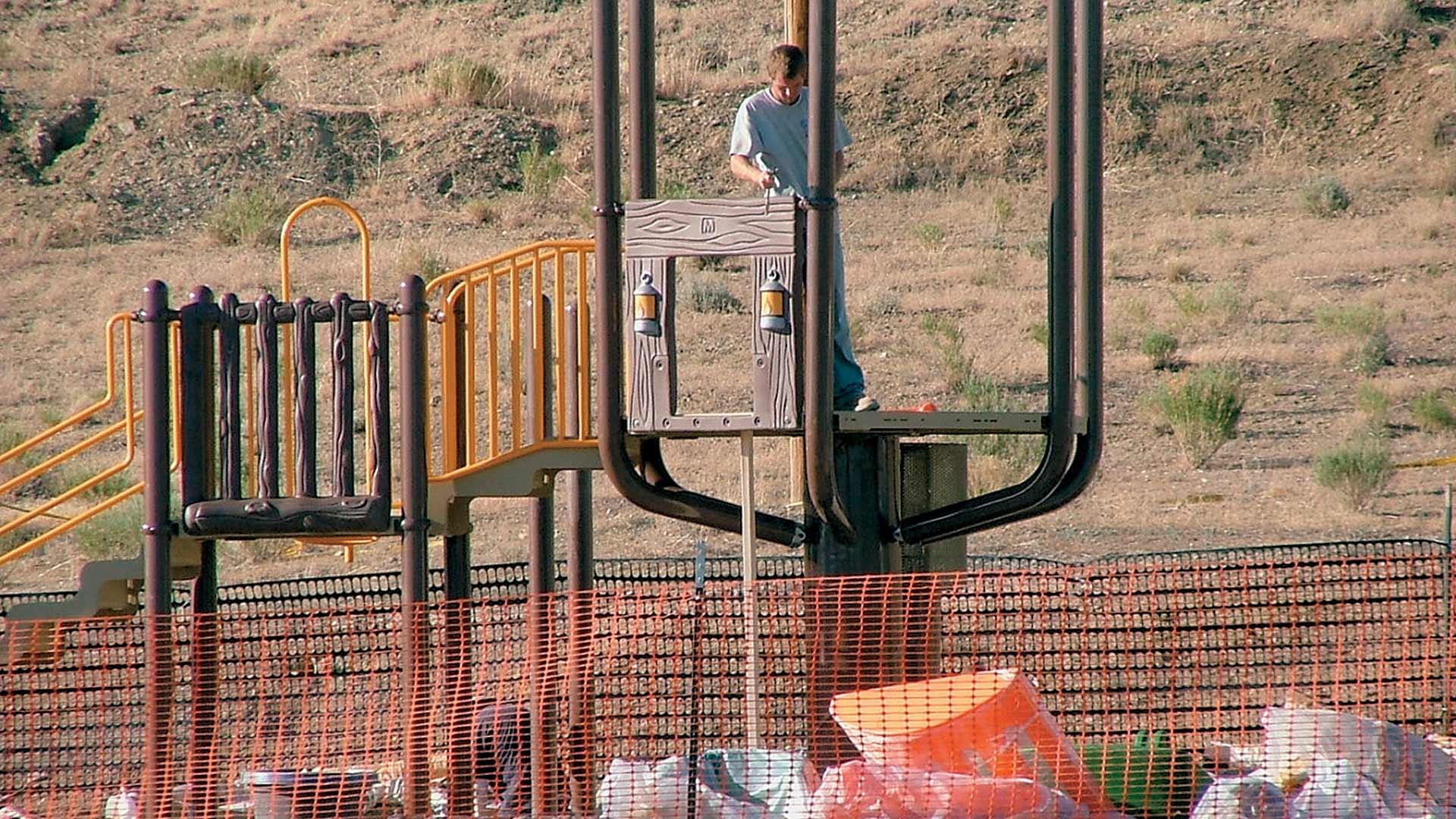

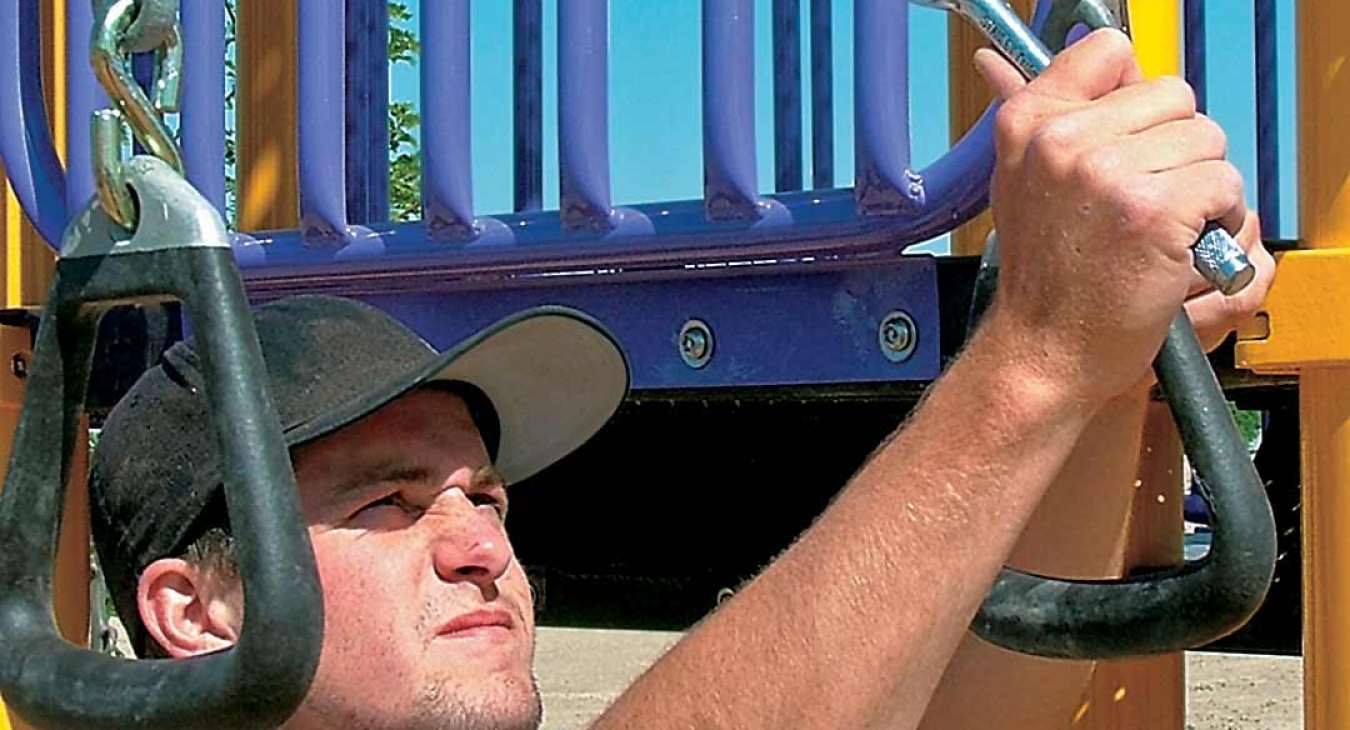
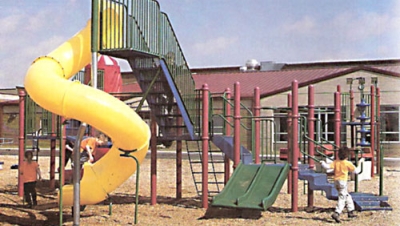

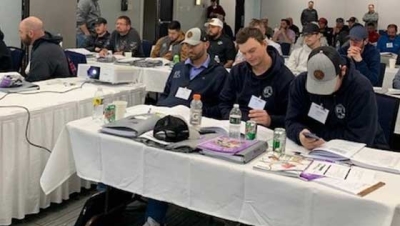
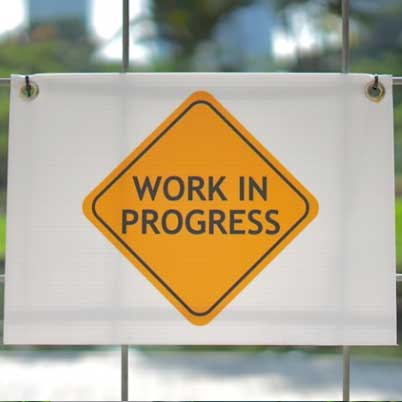
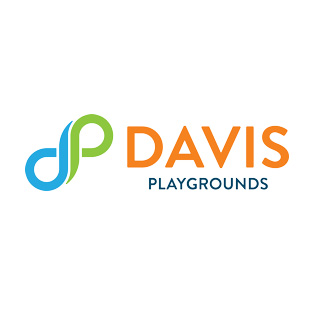

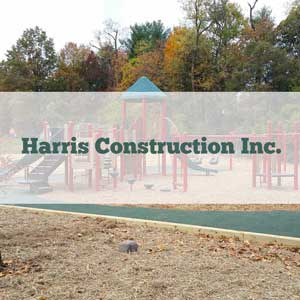
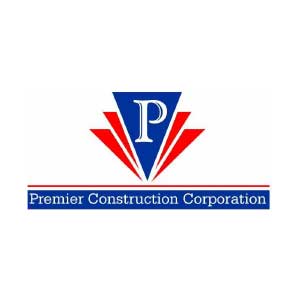
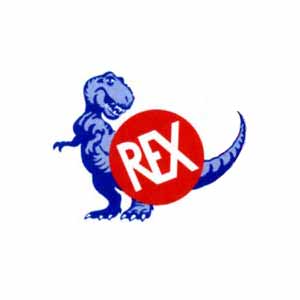
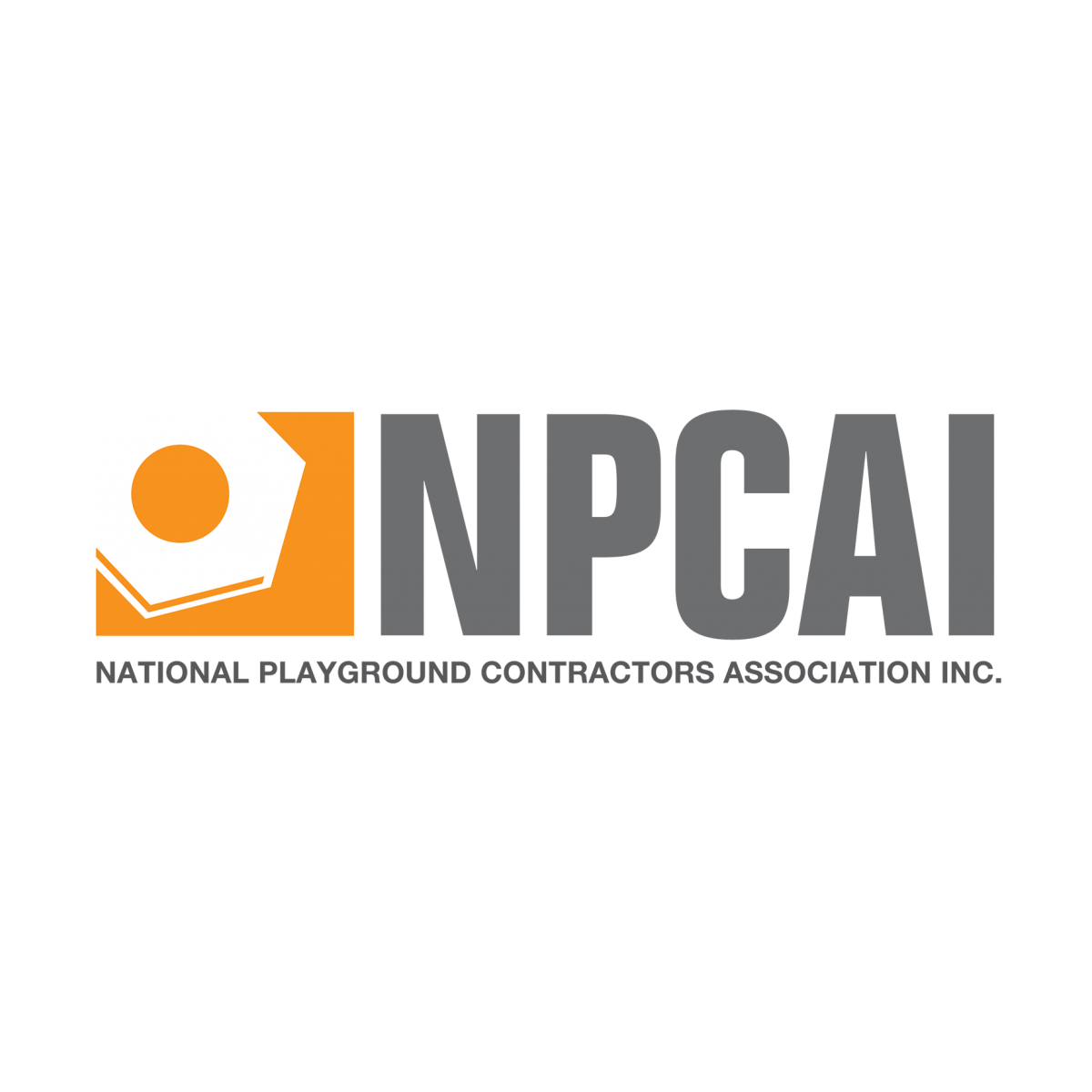
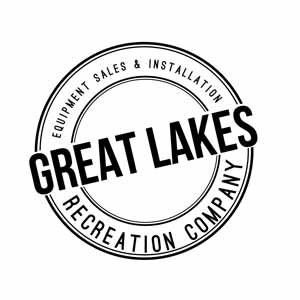


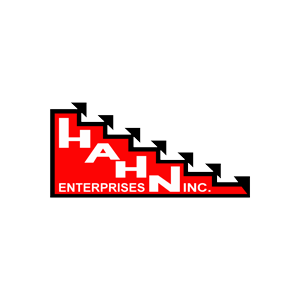


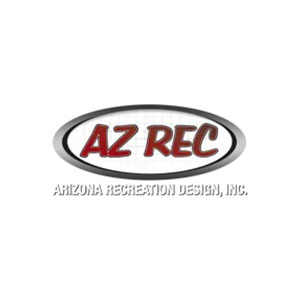
Add new comment